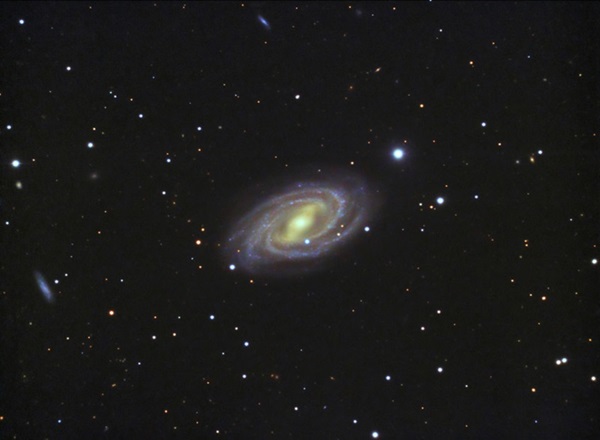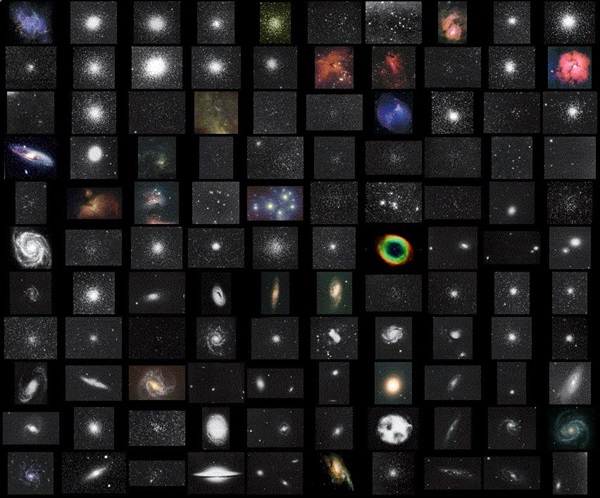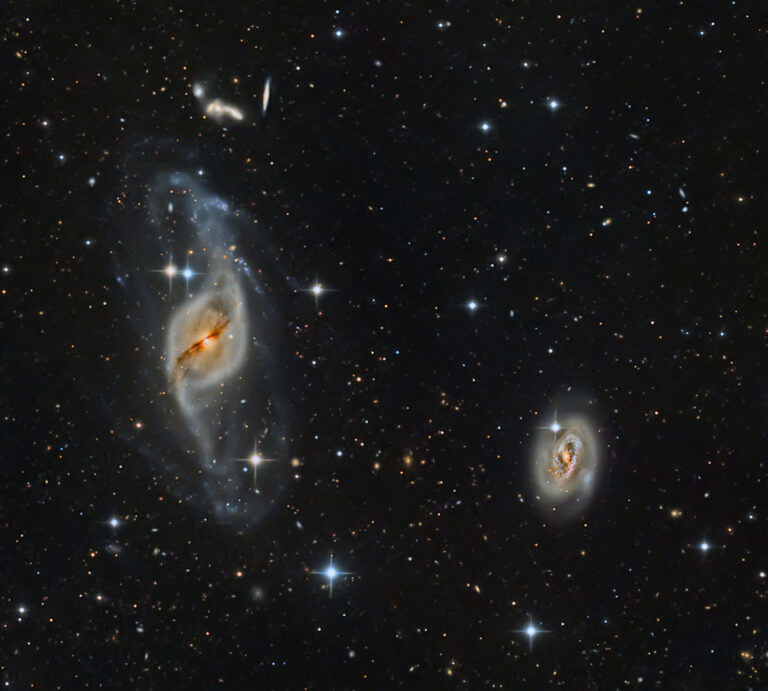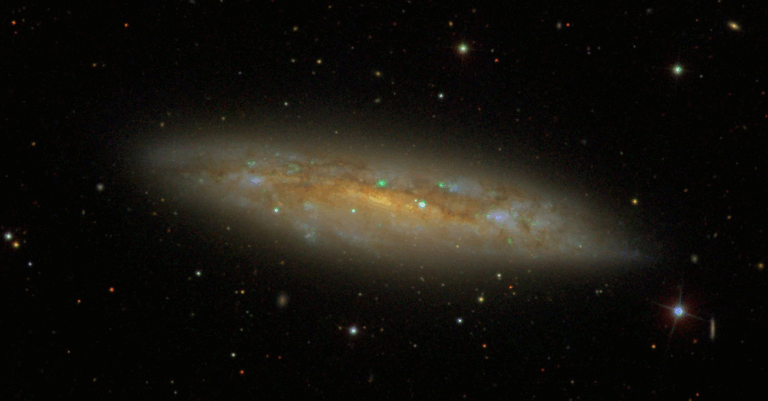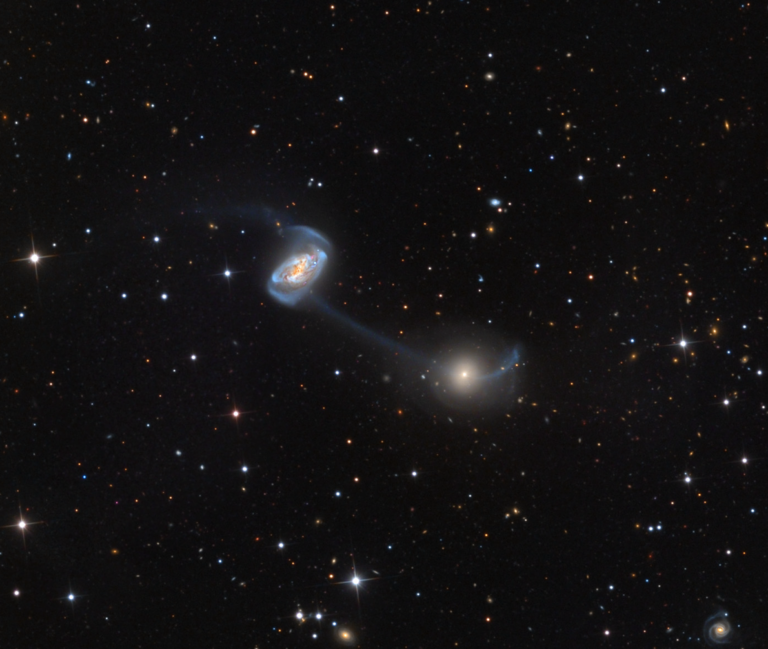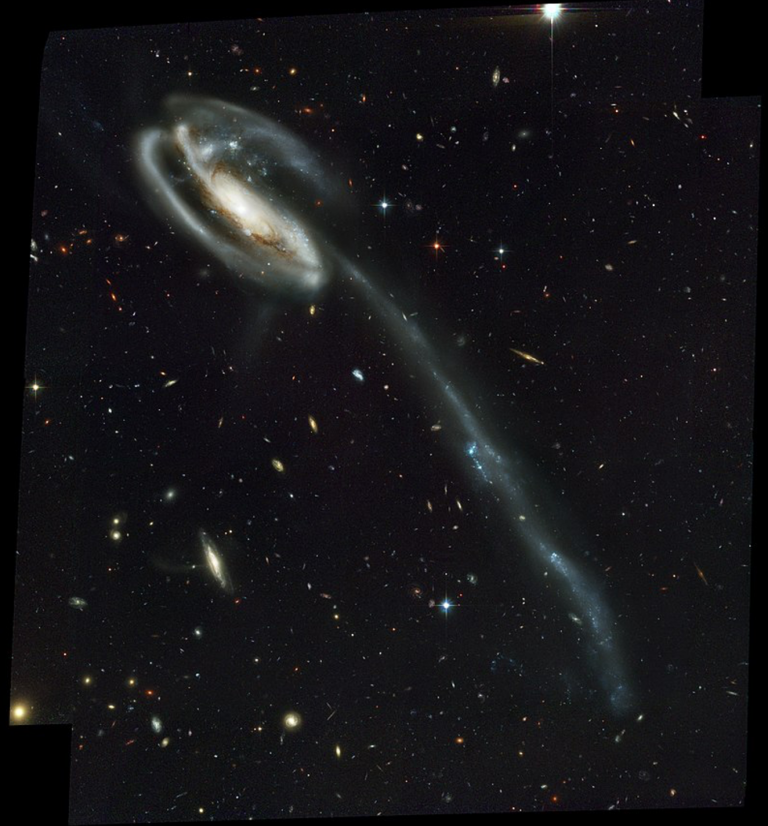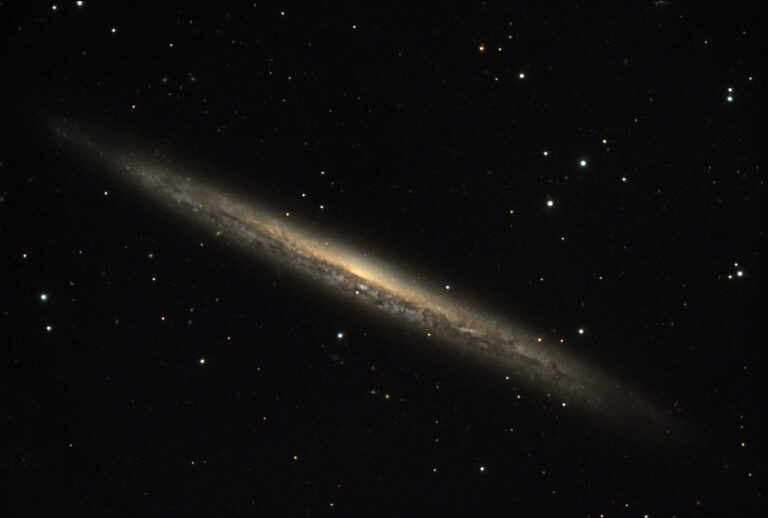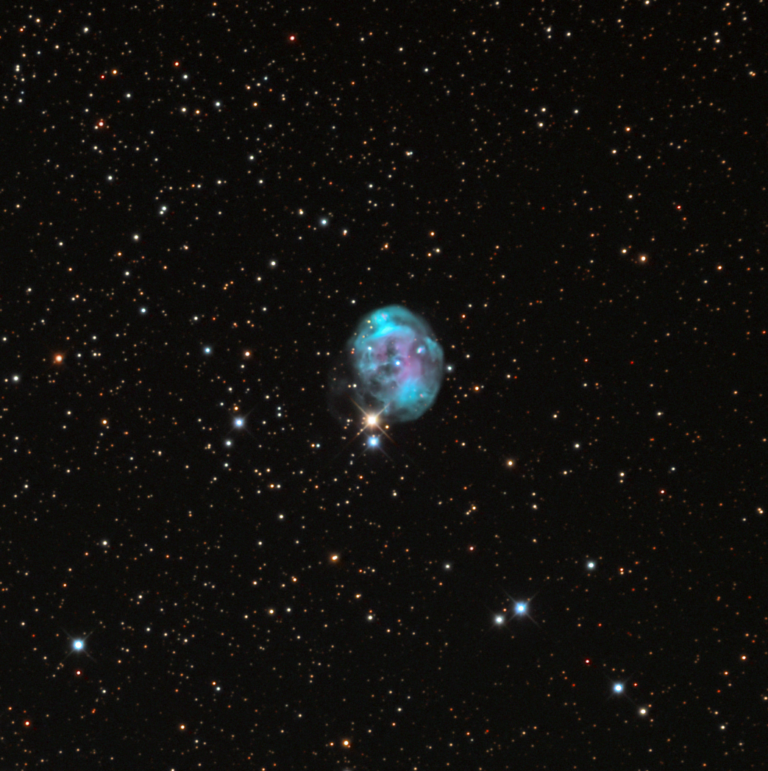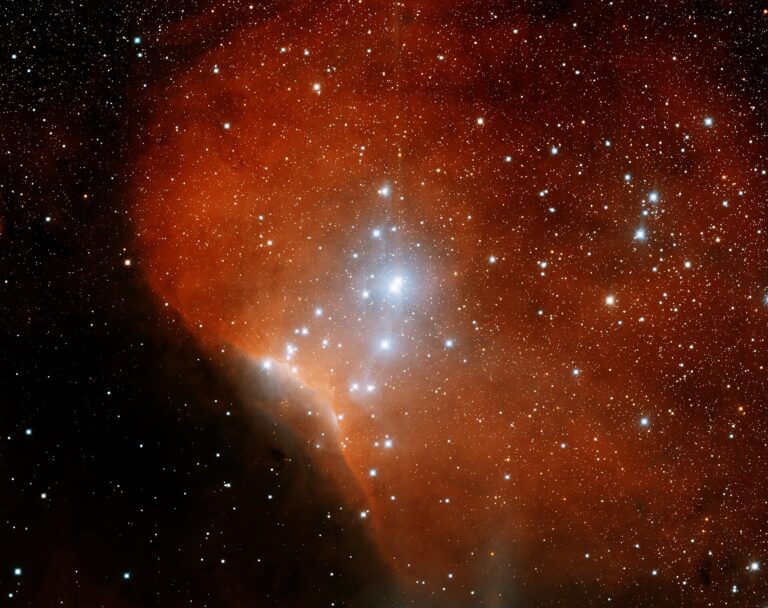Key Takeaways:
Spring is nearly here, and that means it’s time for a unique annual event: the Messier marathon. For a brief few days, observers in the Northern Hemisphere can spot all 109 deep-sky in Messier’s famous catalog over the course of just a single night between dusk and dawn. This annual race against the clock not only tests your observing mettle, it’s also a great way to get acquainted with regions of the sky you might otherwise gloss over.
But don’t let the pressure of running a full Messier marathon get to you during your first try. Just like running a real marathon, unseasoned observers may want to opt for a simple warm-up this year, either by observing a few new objects or by staying out longer than they otherwise would on a regular night. Depending on your preference and experience, you can complete the traditional Messier marathon, observing every object in a single night, or spread the race out over several nights, providing a lower-stress, more family-friendly experience. It’s completely up to you!
When to observe this year
This year, the best time to run your Messier marathon is overnight on March 12/13 or March 13/14. That’s because these are weekend nights, when more people can start observing early and stay up later. New Moon also occurs March 13 at 5:21 A.M. EST, meaning our satellite (and its pesky light) will be well out of the way.
That makes this weekend the perfect time for some deep-sky observing, as the entire Messier catalog will be at its best, ready for you to enjoy. Do note, however, that daylight saving time begins March 14 at 2 A.M. local time, which will affect your planning.
If you’re not able to observe this weekend, don’t worry — next weekend, March 19/20 and 20/21, is a good backup. The waxing Moon will be slightly more of a challenge early in the evening, but it will set an hour or two after local midnight, meaning dimmer objects will be easier to find in the early morning hours.
There’s another way to participate, too, even if you don’t have the right equipment or the weather doesn’t cooperate: Lowell Observatory in Flagstaff, Arizona, will be hosting an all-night virtual star party beginning at 6:45 P.M. PST on March 20. The event will be livestreamed simultaneously on YouTube and Twitch (or catch the stream below) and runs overnight, taking you from one Messier object to the next, as seen from Lowell’s Giovale Open Deck Observatory. The star party will end just before sunrise at Lowell: 6:15 A.M. PST on the 21st.
Where to observe this year
Not every Messier object is visible from every latitude. Observers too far north or south may miss some objects depending on their elevation, view of the horizon, and other factors. According to Tom Polakis of Lowell Observatory, those at latitudes between about 9° and 28° north should be able to net all the Messier marathon objects this weekend (March 12–14). Next weekend, March 19–21, observers between 6° and 34° north latitude will have the best shot at completing the entire race.
How to observe this year
The tried-and-true method of running a successful Messier marathon is to observe in order of right ascension, starting with M77 in Cetus and M74 in Pisces at dusk, and ending with M30 in Capricornus at dawn. Messier marathoning is, of course, easiest if you have a reliable go-to telescope, but it’s not required. Instead, a star-mapping program or app, star atlas, or sky guide are your best tools.
You’ll also need some kind of optical aid to observe fainter deep-sky objects during a Messier marathon — a large scope isn’t necessary, but you will need at least a small telescope or binoculars. Regardless of your equipment and accessories, it’s best to plan your path across the sky ahead of your observing session, and it’s smart to map out a few alternate routes in case a given area is temporarily cloudy.
Lastly, all the usual observing tips apply:
• If possible, opt for a dark site with clear views of the horizon.
• Hills are particularly beneficial, as the higher elevation can improve your sight lines.
• Make sure to bring water and snacks, dress in layers, and bring extra blankets for comfort. (And prepare for it to be colder than the weather report predicts!)
• Red light flashlights and apps are incredibly useful, allowing you to navigate your surroundings without affecting your dark-adapted eyes.
• Keep in mind that observing during a pandemic can bring its own challenges, so practice social distancing take any appropriate precautions (sanitize equipment between uses, wear masks, etc.) to protect your health and the health of those around you.
This year, there are several virtual Messier marathon events, including Unistellar’s Messier marathon 2021 activities. The SEDS Messier database will also be collecting and publishing marathon results this year.
Below, we’ve listed some additional useful information to help you plan your Messier marathon this weekend. Also, be sure to keep an eye on our Sky This Week column for more details on sunrise, sunset, moonrise, moonset, and Moon phases over the next week.
Ready, set, go!
Friday, March 12
Sunrise: 6:16 A.M.
Sunset: 6:04 P.M.
Moonrise: 6:19 A.M.
Moonset: 5:25 P.M.
Moon Phase: Waning crescent (1%)
*Times for sunrise, sunset, moonrise, and moonset are given in local time from 40° N 90° W. The Moon’s illumination is given at 12 P.M. local time from the same location.
Saturday, March 13
Sunrise: 6:14 A.M.
Sunset: 6:05 P.M.
Moonrise: 6:45 A.M.
Moonset: 6:26 P.M.
Moon Phase: New
Sunday, March 14
Sunrise: 6:12 A.M.
Sunset: 6:06 P.M.
Moonrise: 7:09 A.M.
Moonset: 7:27 P.M.
Moon Phase: Waxing crescent (2%)

